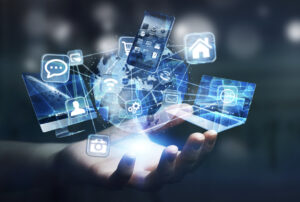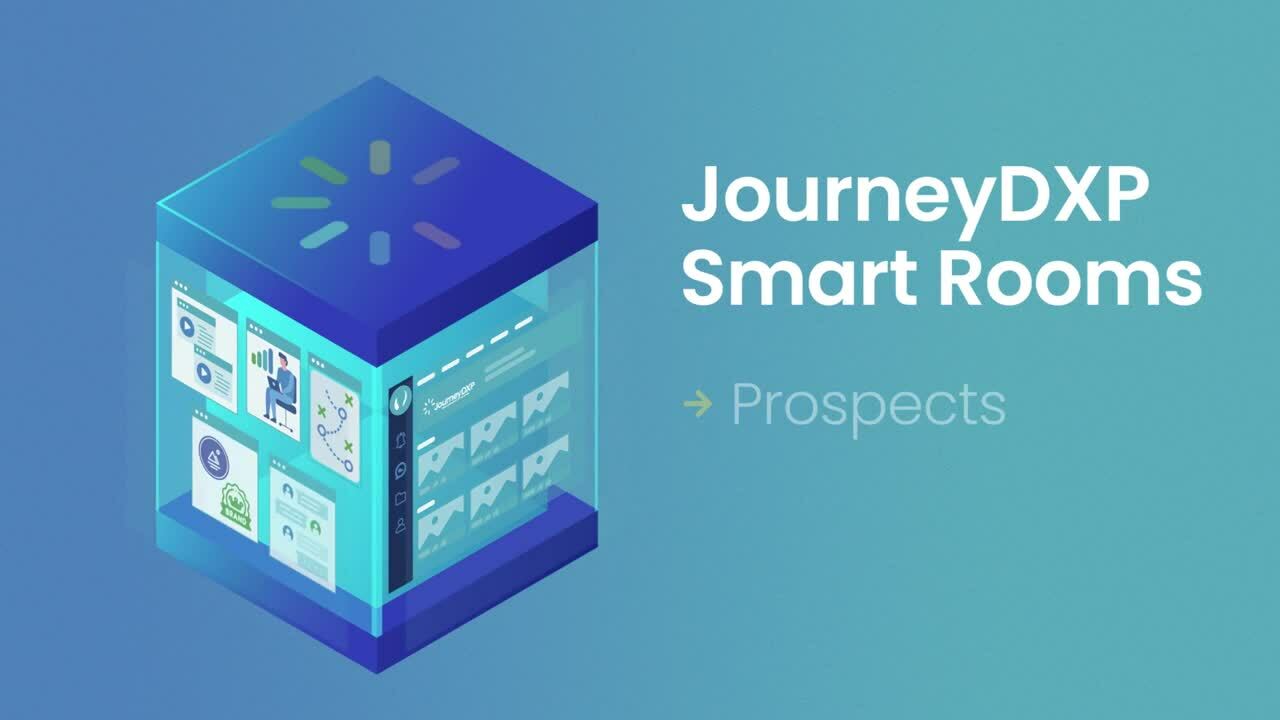Digital Selling. The term has seen a dramatic spike in usage over the last few years, yet we often find people misunderstanding its intent. Especially when one assumes some measure of competition or dissonance between the terms “digital selling” and “traditional selling. Or worse, when it conjures up visions of a machine world in which human sellers have been replaced by bots or the like.
Bottom line: the most accurate definition of the term “digital selling” implies “the effective use of best-in-class modern digital solutions to improve the prospect/buyer experience, enable a more insightful and engaging sales approach, and increase efficiencies on both sides of the table.”

Acceptance of this definition also brings clarity to what “digital selling” is NOT. It is NOT meant to imply an attempt to disintermediate the human from the B2B sales and buying process. It is NOT meant to imply that the “traditional” sales approach is going the way of the dodo bird. And it is certainly not meant to imply some existential generational passing of the torch.
The simple fact is that the B2B sales world is not in a position to make a values-based choice between A or B. Rather, we are just continuing a never-ending journey of evolution. In the present moment, B2B sales teams (and leaders) that stay rooted in the tried-and-true best practices of complex B2B selling while effectively incorporating best-in-class digital solutions (hence, applying a digital selling model) will be the teams that do the best job of simplifying what in many cases has become an inordinately difficult buying experience, and will, in turn, outmatch the competition.
Here’s how to do it…
Don’t throw the baby out with the bath water.
“Traditional selling” has nothing to do with using a Rolodex, an office phone, or a notepad. Instead, traditional selling involves tremendous interpersonal skills – in making a warm introduction, developing extensive product knowledge, asking good questions (and listening to the answers), practicing effective follow-through, and doing our best to solve problems and drive to a win-win proposition in every customer interaction. Are any of these attributes less important today than they were 10 years ago? No way. They are as relevant today as they’ve ever been, and will forever remain prized attributes of sales top performers.

Similarly, “digital selling” isn’t just about pushing content on social media or allowing your smartphone to become a bodily appendage. Instead, digital selling is simply about bolstering those most effective tried-and-true interpersonal characteristics with cutting-edge tools and technology that help enhance experiences, save time, extend reach, compress sales cycles, and win more. It’s about making data-based decisions as to what content will be most helpful to a given client, in a given situation, at a given moment in time, to deliver the buyer journey they most seek.
So what’s the impact?
The blended traditional/digital B2B sales pro understands their customer’s business and proposes new and contextual insights. The successful blended approach focuses on aligning with the customer’s priorities, not their own. These salespeople leverage digital tools to engage with more customers while being authentic. In the end, the most effective B2B sales professionals successfully blend the traditional and the digital to manage customer lifecycles instead of simply viewing things through the “sales opportunity” lens.

There is no doubt that digital solutions are here to stay and we must all develop new proficiencies and stay alert to new tools and technology that can make us more effective. At the same time, we must never forget the truth that people buy from people, and – all things being equal – they tend to buy from people they like and feel they can trust. The challenge for sales teams today is not just using more tech in our processes… it is finding and applying the right tools and technology to bolster – not diminish – the power of the human experience.
POPULAR
The Imperative Alignment of Sales and Marketing in the Digital Age
In today's hyperconnected and rapidly evolving business, communications, and technology landscape, the convergence of sales and marketing functions has become more pronounced than ever before. Alignment between sales and marketing teams has emerged as a critical determinant of success. This blog delves into why it has become more essential than ever for sales and marketing teams to be fully aligned in their prospect and customer engagement strategy and explores how digital sales rooms serve as potent tools in facilitating this alignment and fostering enhanced customer engagement.
RELATED
Finding Success With Virtual Selling
Virtual selling is here to stay. In fact, 92% of customers prefer virtual interactions and 79% of sellers view virtual selling as effective. The benefits are significant and include: Personalized and differentiated customer experience Customers’...




